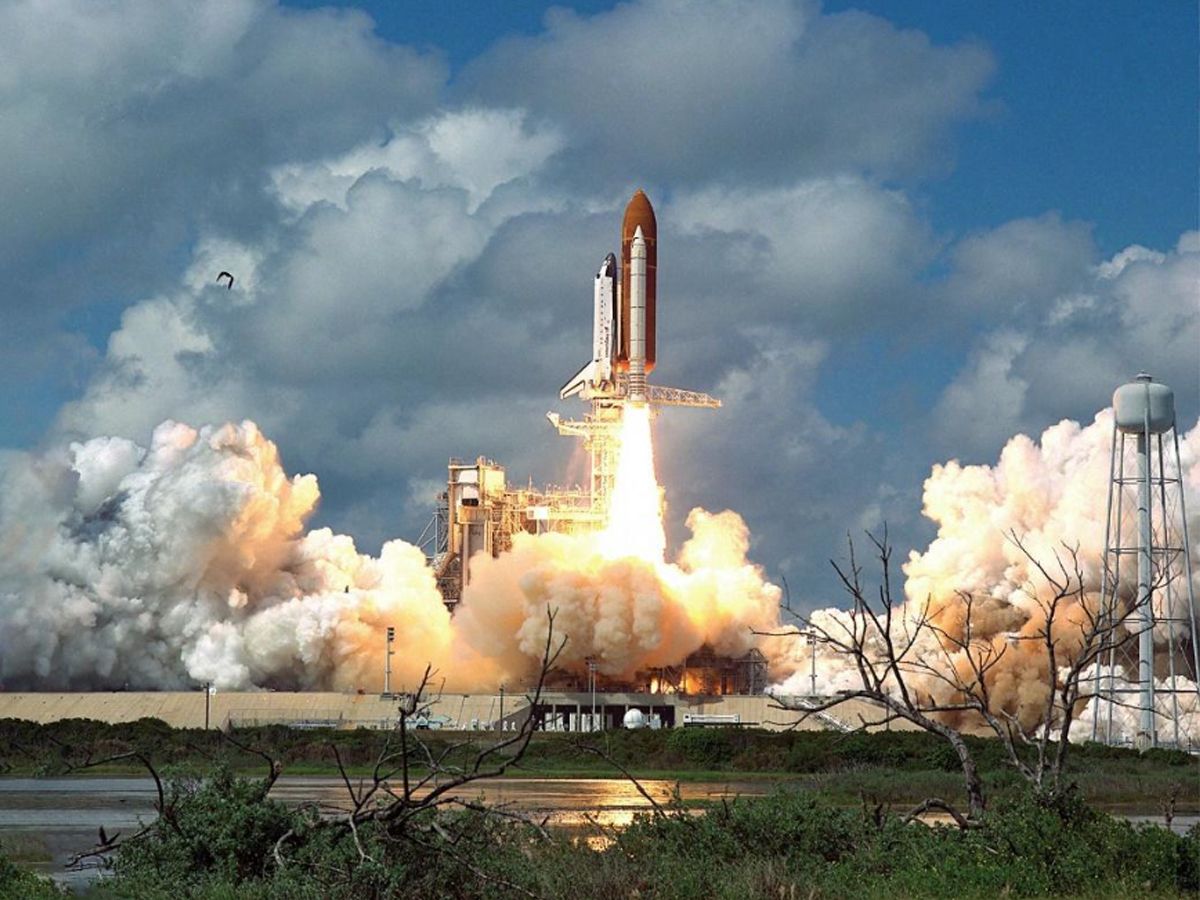 📅 Apr 29, 2023
📅 Apr 29, 2023
 📅 Apr 29, 2023
📅 Apr 29, 2023
Virtual Reality (VR) is a technology that allows users to experience computer-generated 3D environments as if they were in the real world. Using a VR headset, users can interact with and manipulate objects in a virtual space, providing a unique immersive experience. VR technology has been used in various fields, including gaming, education, and training. However, one of its most promising applications is in space exploration, where it can help engineers, scientists, and astronauts plan and prepare for space missions.
Space travel has significantly improved with the advent of technology. The first human spaceflight, Yuri Gagarin's orbit around the Earth in 1961, was a major milestone in space exploration. Since then, we have sent humans to the Moon and explored Mars and other planets in our solar system. However, space travel is still a risky and expensive endeavour, and preparation is critical to the success of any mission.
Virtual Reality tools can help engineers, scientists, and astronauts plan and prepare for space missions in various ways. For example, VR technology can be used to simulate different scenarios and environments, allowing scientists to test equipment and procedures before they are deployed in space. This can help reduce the risk of mission failure and ensure the safety of astronauts.
Moreover, VR technology can be used to train astronauts for space missions. In a virtual environment, astronauts can practice complex tasks and emergency procedures, such as spacewalks and dealing with equipment malfunctions. This can help astronauts develop the necessary skills and muscle memory required for spaceflight, reducing the risk of accidents.
Additionally, VR technology can be used to design and test spacecraft and habitats. Engineers can use VR to create virtual models of spacecraft and habitats, allowing them to test different designs and configurations before building physical prototypes. This can help reduce costs and accelerate the design process.
Furthermore, VR technology can be used to conduct remote scientific experiments. In space, astronauts may need to conduct experiments that are too dangerous or complex to perform on Earth. Using VR technology, scientists can remotely operate experiments and collect data in real-time, allowing them to study phenomena that would otherwise be impossible to observe.
Virtual Reality technology has the potential to revolutionize space exploration by providing engineers, scientists, and astronauts with powerful tools to plan and prepare for space missions. With VR technology, we can reduce the risks and costs of space travel, accelerate the design process, and enable new scientific discoveries. As technology continues to advance, we can expect to see even more innovative applications of VR in space exploration in the years to come.
If you are interested in learning more about Virtual Reality and its applications in various fields, including space exploration, VRAcademi is the what you are looking for! VRAcademi is an online learning platform that offers courses on Virtual Reality development, design, and applications. The courses are taught by industry experts and cover various topics, from the basics of VR development to advanced techniques and best practices. The courses offered at VRAcademi are –
Creative design, digital art, and virtual reality.
Immersive movie making and virtual reality.
3D game development and virtual reality.
Whether you are a student, a professional, or just curious about VR technology, VRAcademi can help you learn the skills and knowledge you need to succeed. So, head over to the website https://Vracademi.com and explore the course offerings to start your VR journey today!
























